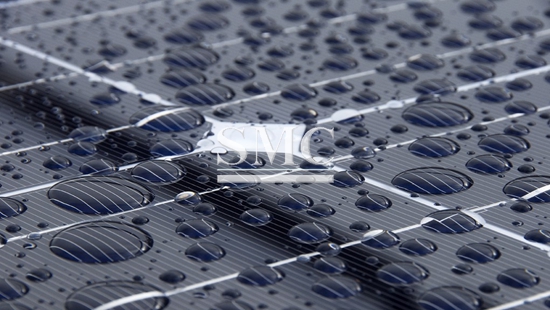
- Oil Pipeline
- Water Pipeline
- Gas Pipeline
- Boat and Mooring Accessories
- Metal for Decoration
- Transformer Components
- Heat Exchanger Pipe
- Air Conditioning Spare Parts & Accessories
- Boiler
- Kitchen and Bathroom Appliance
- Metal for Household Appliance
- Solar Power Appliance
- Elevator
- Roofing and Ceiling
- Cable
- Tank
- Packaging
- Machinery and Equipment Spare Parts & Accessories
- Mold
- Automobile Parts
- Rail and Crane Rail
- Hardware Fitting
- Abrasive
- Road Construction Equipment
- Electronic Components
- Construction and Decoration Materials
- Doors and Windows
- Refrigerators
Can solar panels harness the power from rain?

The cost of commercial solar panels has fallen substantially in recent years; in fact, it has fallen by half since 2012. The International Energy Agency predicts that by 2040, renewable energy sources will contribute to at least 40% of global energy generation.
Researchers in China’s Soochow University have partially overcome one of the classic drawbacks of solar panels, that they do not function in rainy conditions. The solar panel incorporates a triboelectric nanogenerator (TENG), which allows the panel to generate energy in sunshine and in rain.
The friction of raindrops sliding on the cell causes electrons to be “knocked off” and therefore generates an electric charge. Once raindrops hit the topmost layer, it loses an electron and becomes positive, while the surface of the PDMS film becomes negative. This leads to the buildup of differential charge between the negative surface and the positive raindrop, which can be trapped and conducted to the lower layer by the nanogenerator. The newest structure of this hybrid solar panel incorporates a heterojunction silicon solar cell, and a TENG device made of paired polymer layers. They are grooved in a manner identical to a DVD, which is necessary for capturing sunlight on rainy days.
TENG output peaks at about 33nA in short circuit current, and 2.14V at peak open-circuit voltage. This combination of high current and voltage optimizes energy gathering efficiency in a wide range of weather conditions.
Evidently, China and the rest of the world are heading towards renewable energy sources, an at SMC we strive to be a part of building that future. We have many years of experience in the solar panel market, and offer top quality products such as solar brackets, solar collectors, and solar panel systems. For specifications and price, pleas click here.